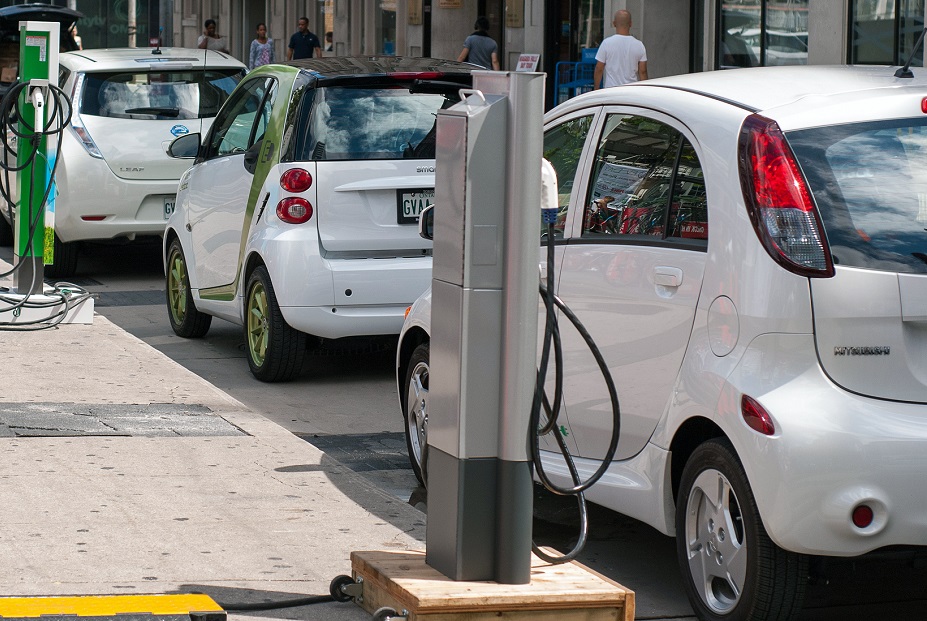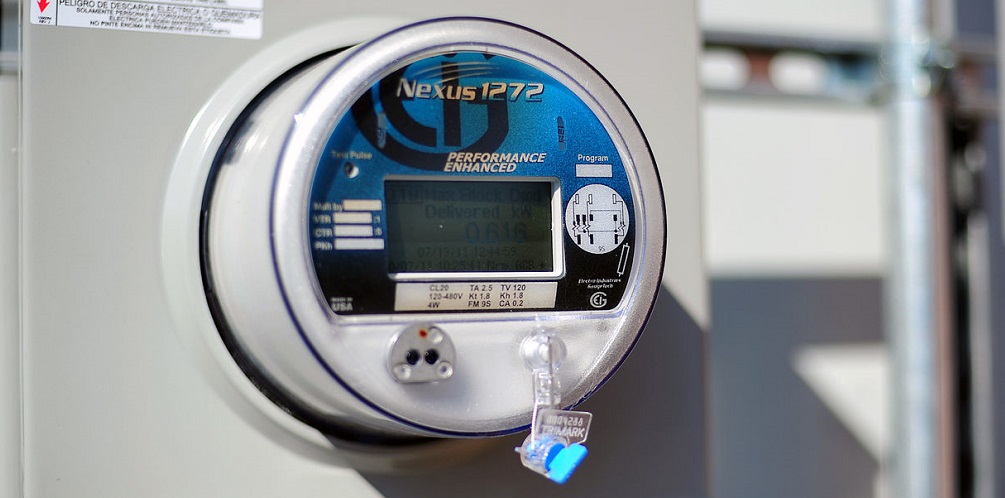By Michael O’Boyle
The National Summit on Smart Grid and Climate Change took place this week, drawing over a hundred energy experts from government, businesses, utilities, and other stakeholders to discuss the role of the smart grid in climate change mitigation and adaptation efforts. The summit was a reminder that the future of the power system is already here in many ways; the technologies needed to establish a smart grid and accelerate the integration of renewable sources are ready to play.
So what constitutes as “smart grid” technology? Based on discussions from the summit, the prevailing answer seems to be management and technology applications that make the process of supplying electricity more efficient. Big data, smart thermostats, automated demand response, voltage regulators, thermal and chemical energy storage, smart charging, and energy efficiency programs were all highlighted in various events at the summit.

Smart grid technologies can have both primary and secondary effects on carbon emissions. Primary effects are those that directly reduce fossil fuel consumption (e.g. energy efficiency and voltage regulation). Secondary effects are those that enhance the reliability of renewables to support the integration of low-carbon power sources onto the grid (e.g. energy storage, automated demand response, and smart charging).
At the summit, a presentation by Siemens Smart Grid quantified the aggregate potential for these smart grid technologies to drive down emissions. Their study finds that by using smart voltage regulation and other grid efficiency technologies, promoting behavioral changes in customer efficiency, and installing automated demand response on A/C or HVAC units alone, emissions from the electricity sector drop by 11 percent, or half of the aggregate 22 percent reductions required under the EPA’s proposed Clean Power Plan. And these are just the direct effects of these technologies. By increasing central control over electricity demand, these technologies make it easier to match demand with variable supply (from sources like renewables) and reduce reliance of fast-ramping natural gas and other fossil fuels to balance variable resources.
With the advantages of smart grid technology being so well-documented at the conference, what is stopping the implementation of these technologies? For one, institutional barriers produce insufficient incentives to invest in these ‘no-regrets’ technologies. Electric utilities in particular lack the motivation to improve grid efficiency because it results in the consumption of less electricity while requiring large upfront investments. Grid regulators are too understaffed and overworked to adequately deal with the onslaught of new technologies and the possible threats they pose to reliability and affordability. At the same time, the installation of smart meters and other infrastructure, which were supported by federal stimulus money are going unused (for the time being, although this trend is changing).
But all is not lost; progressive experiments in leading states such as California, New York, and Hawaii are exploring ways to incentivize electric companies to drive smart grid technologies. The EPA’s Clean Power Plan, a proposed rule that regulates carbon emissions from the electricity industry, has already become a major driver for states to find low-cost decarbonization solutions. The Plan is flexible enough to include the emissions from smart grid technologies in state compliance plans, and is sure to drive smart grid technology deployment for years to come.
The technology for a low-carbon electricity system is here today. In his keynote speech at the summit, John Podesta, advisor to the President on Energy and Climate Change and architect of the EPA’s Clean Power Plan concluded that “people who bet on the past typically lose, and I’m betting on the future.” Breaking down today’s regulatory and institutional barriers will be key to realizing this future.
Feature image courtesy of Momenta Creative

